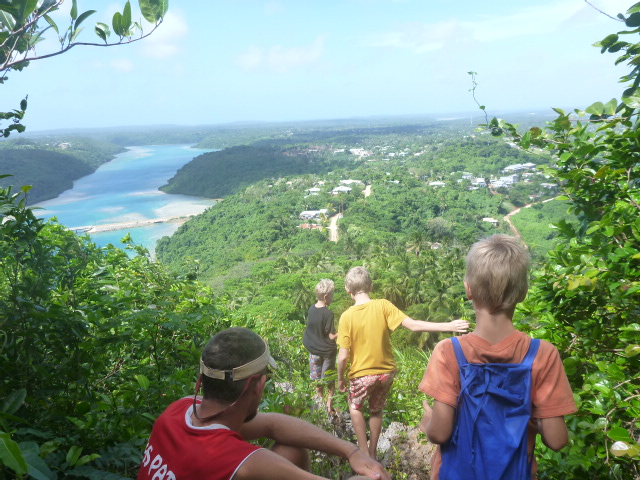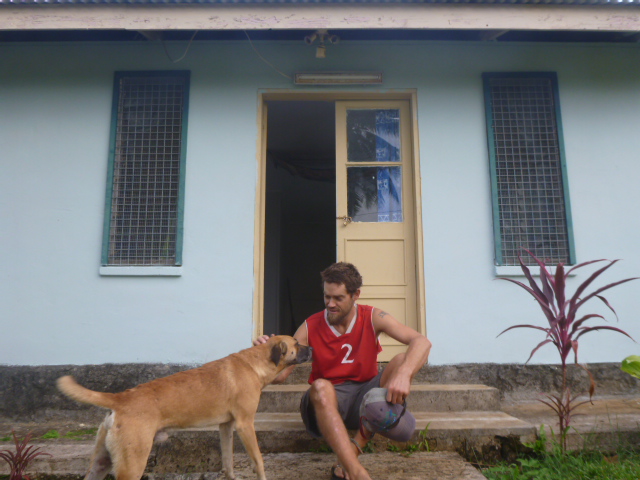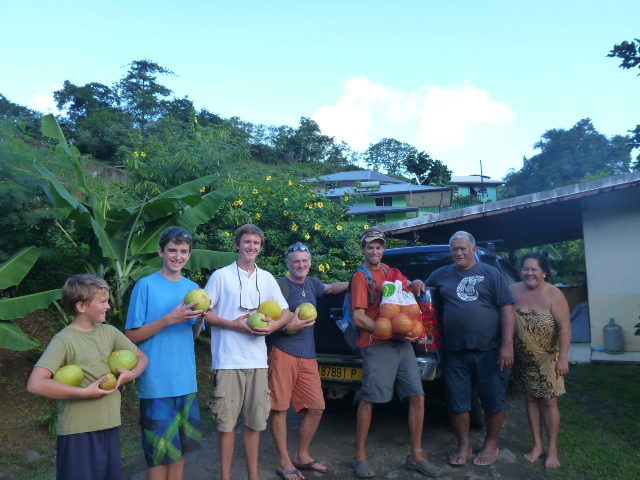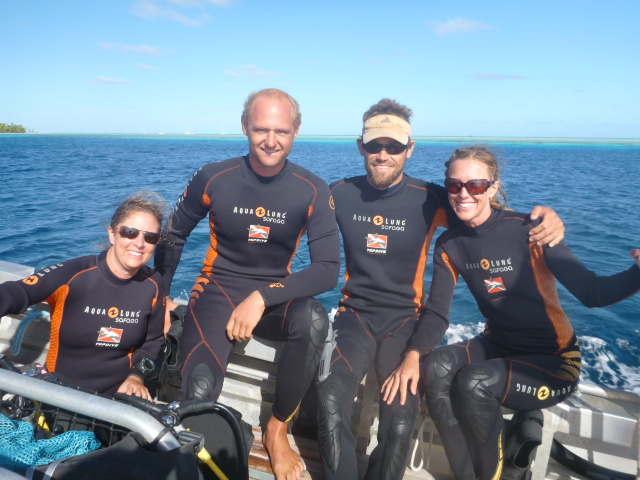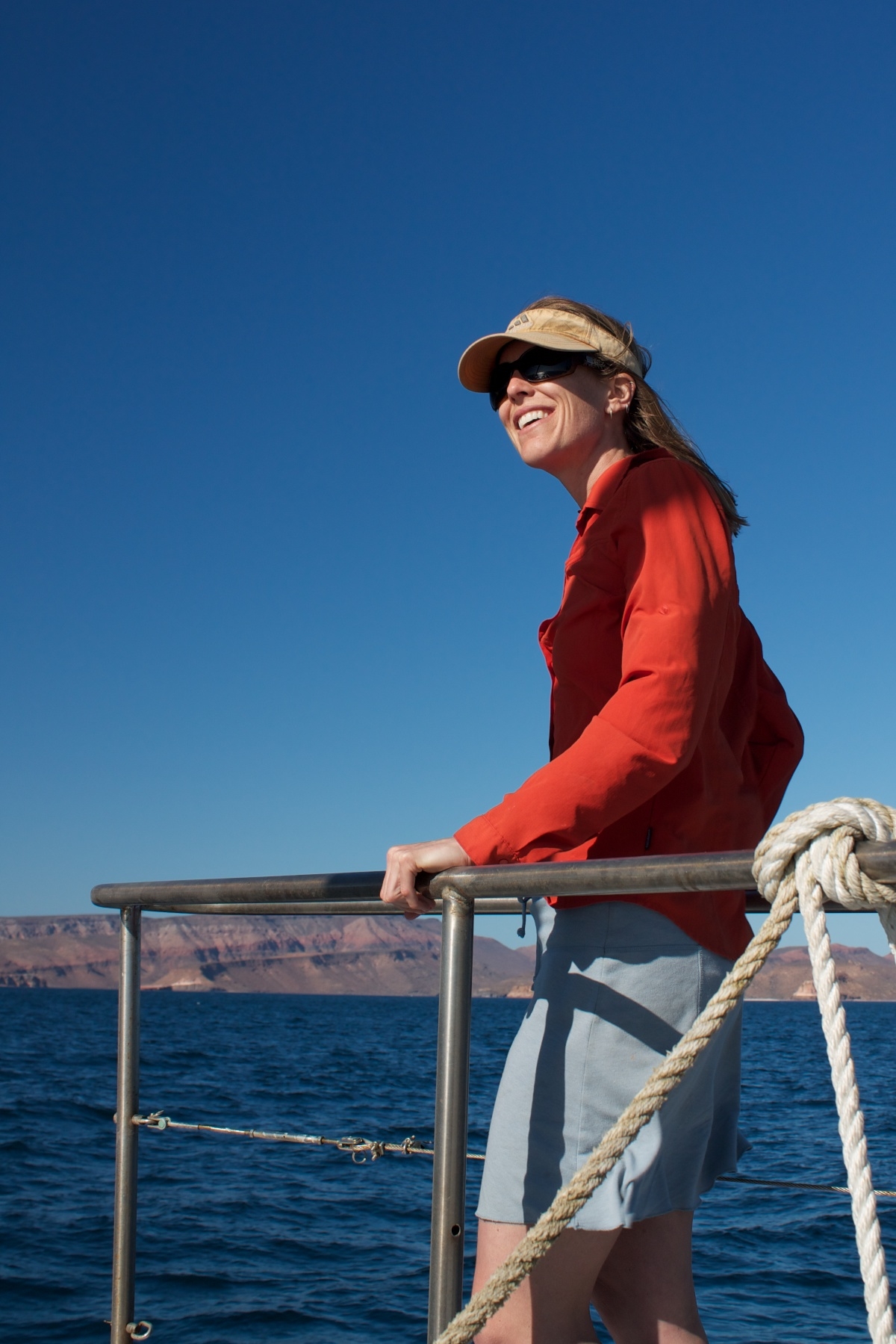Parent For One Week
So, what do you really need to be a parent for a week? Turns out you need a lot less when you’re in Tonga, a tropical island-nation in the middle of the Pacific Ocean. Hell, kids don’t even need shoes in Tonga. I discovered this within the first hour of a week-long babysitting gig my husband and I set up here.
As the days wore on, I realized shoes were just the beginning of the long list of things the boys didn’t need … things that were on my list of “what I will probably need to raise a kid” after three decades of living in the United States. We had none of the things on my list. Read more about our week of pseudo-parenting here!

